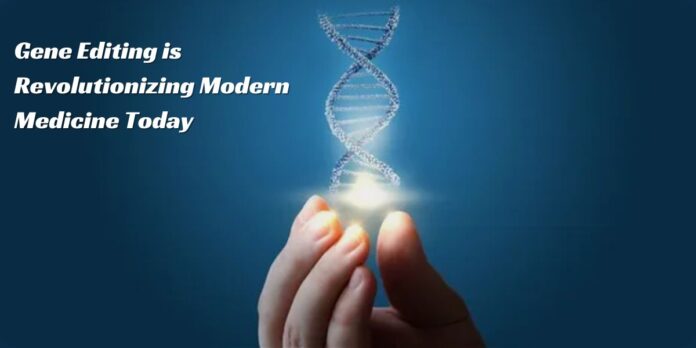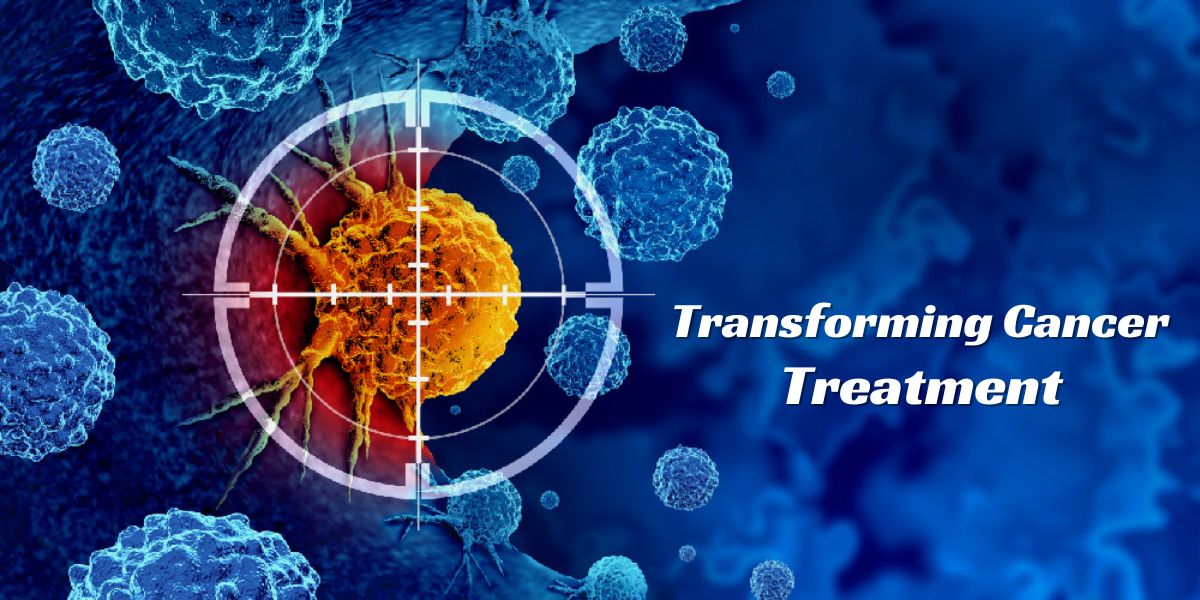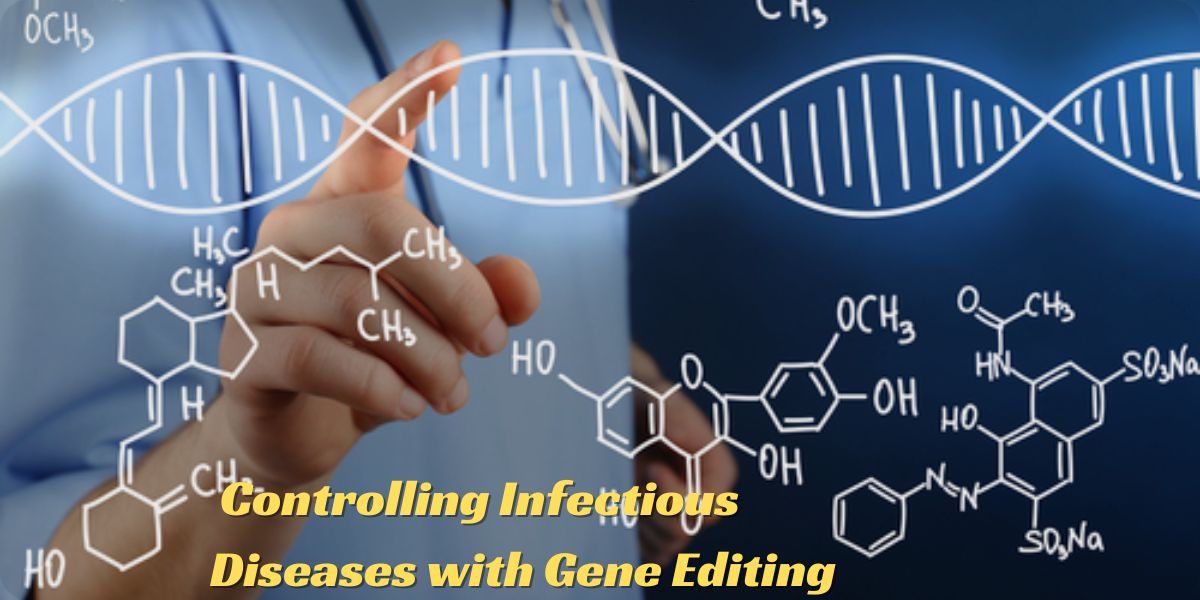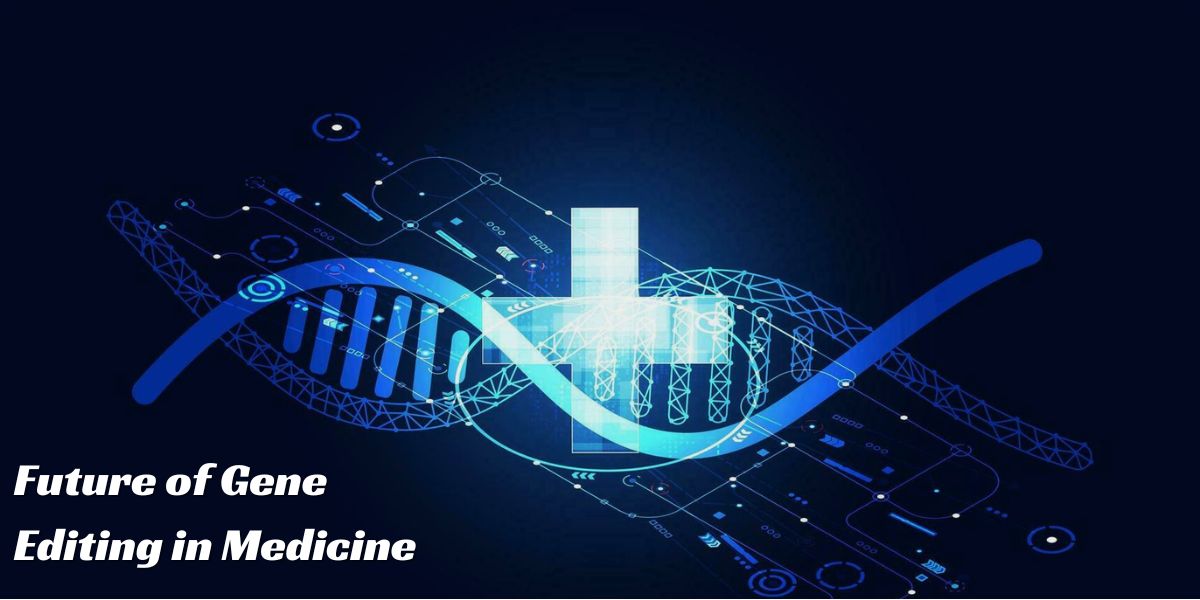Gene editing, particularly with advancements like CRISPR-Cas9, is fundamentally altering the landscape of modern medicine. This powerful technology offers the ability to make precise changes to the DNA within living cells. The promising revolutionary treatments for various diseases. As we explore how gene editing is revolutionizing modern medicine today, this article will detail the technology’s applications. The breakthroughs, and challenges, with key points highlighted in bullet form for clarity.
Gene Editing: A Brief Overview
- Gene editing: refers to the precise modification of an organism’s DNA.
- CRISPR-Cas9: The most well-known tool, CRISPR-Cas9, allows for targeted DNA cuts and alterations.
- TALENs: Other tools include TALENs and zinc-finger nucleases, though they are less commonly used than CRISPR.
By harnessing these tools, scientists can edit defective genes responsible for diseases, offering a groundbreaking approach to therapy that was unthinkable just a few decades ago. The technology enables researchers to either remove faulty genetic material or replace it with healthy DNA sequences, paving the way for transformative medical treatments.
Gene Editing and Genetic Disorders
One of the most remarkable applications of gene editing is its potential to treat genetic disorders. These are conditions caused by mutations in specific genes, which often have devastating consequences. Some key points include:
- Gene editing offers hope for conditions like sickle cell anemia, cystic fibrosis, and muscular dystrophy.
- CRISPR-Cas9 has already been used in clinical trials to correct the mutations responsible for sickle cell anemia.
This technology could one day provide permanent cures for these diseases by repairing the DNA directly at its source.
The possibility of treating genetic diseases at such a fundamental level is one of the most exciting ways gene editing is revolutionizing modern medicine today.
Transforming Cancer Treatment
Another area where gene editing is having a profound impact is cancer treatment. Cancer arises from genetic mutations that cause cells to divide uncontrollably. By editing the genes involved in these processes, doctors can target cancer more precisely. Some significant points include:
- CAR-T cells: Gene editing can be used to create CAR-T cells, which are immune cells modified to attack cancer.
- leukemia and lymphoma: This approach has been successful in treating some types of leukemia and lymphoma.
- Cancer therapies: By identifying and editing cancer-related mutations, scientists can develop more personalized cancer therapies.
CAR-T cell therapy is already changing the game for certain blood cancers, with patients achieving remission where conventional treatments have failed. In this way, gene editing helps develop tailored treatments that are specific to each patient’s unique genetic makeup.
Controlling Infectious Diseases with Gene Editing
Gene editing also holds promise for infectious disease control, especially viral infections. Scientists are using CRISPR technology to disrupt viral DNA within infected cells, which could lead to potential cures for some of the most challenging viral diseases. Key points include:
CRISPR has been tested as a potential treatment for HIV, successfully excising the virus from infected cells in lab studies.
Other viral infections, such as hepatitis B and herpes, are also targets for gene editing interventions.
In the future, gene editing could be used to develop antiviral therapies that are more effective than current treatments.
Ethical Concerns and Challenges
While gene editing’s benefits are immense, it also comes with significant ethical concerns. As we continue to explore how gene editing is revolutionizing modern medicine today, it is crucial to address these issues. Key ethical challenges include:
- DNA of embryos: Germline editin or editing the DNA of embryos, raises concerns about unintended consequences for future generations.
- Designer babies: The fear of “designer babies” is real, where gene editing could be used to select non-medical traits like intelligence or appearance.
- Off-target: Effects remain a risk, where unintended genetic changes could result in new health issues or unpredictable outcomes.
The potential for gene editing to alter human DNA permanently requires careful consideration and regulation. While the technology holds promise for curing diseases, it also opens the door to complex moral questions about the extent of human genetic manipulation.
Future of Gene Editing in Medicine
The following points outline some of the exciting possibilities:
- Personalized medicine: With a better understanding of individual genetic profiles, doctors could use gene editing to tailor treatments specifically to each patient’s needs.
- Organ transplantation: By editing genes in donor organs, scientists may reduce the risk of rejection, improving the success of transplants.
Gene editing’s future extends beyond just treatment—its potential for disease prevention is vast. By editing genes early in life or even before birth, it could be possible to prevent certain diseases from ever developing.
Conclusion
In conclusion, gene editing is revolutionizing modern medicine today by offering new ways to treat, prevent, and potentially cure some of the most challenging diseases known to humanity. Its applications in treating genetic disorders, cancer, and viral infections demonstrate the incredible power of this technology.
By providing the ability to modify the very building blocks of life, gene editing is truly reshaping the future of medicine, offering hope to millions of patients worldwide.





